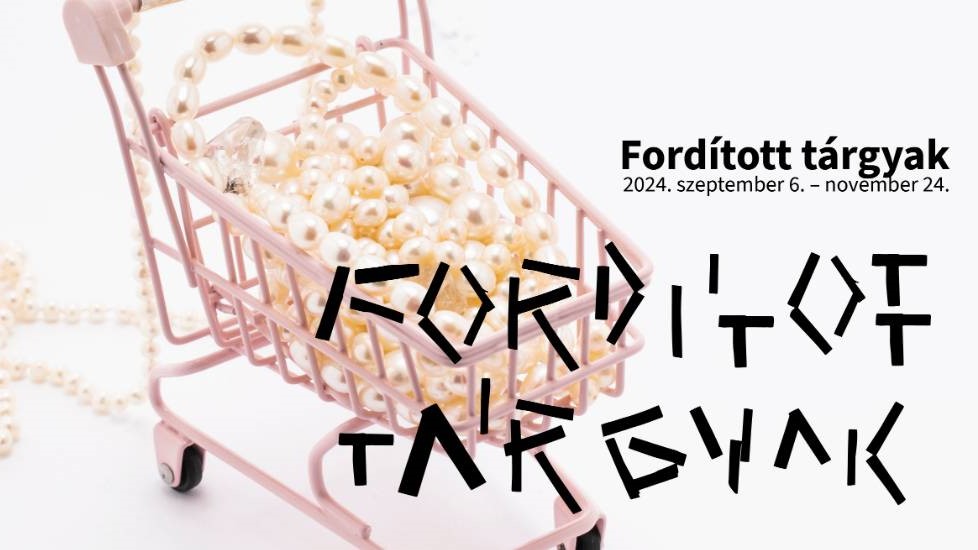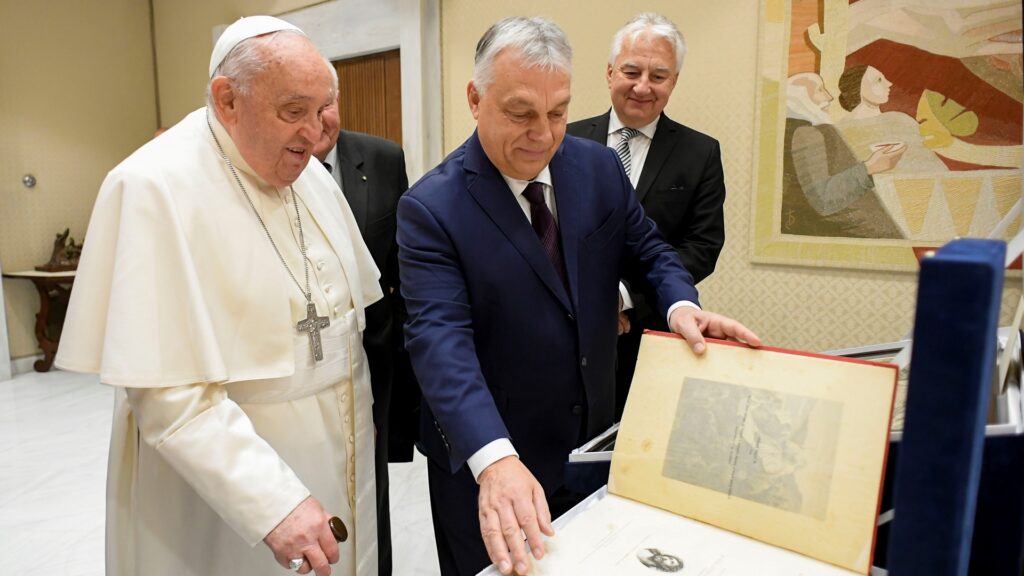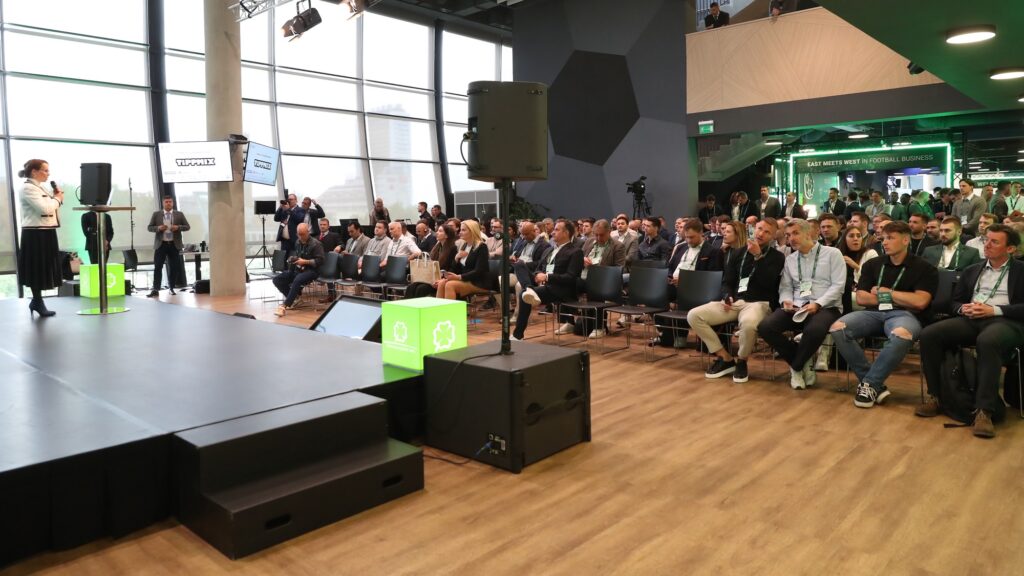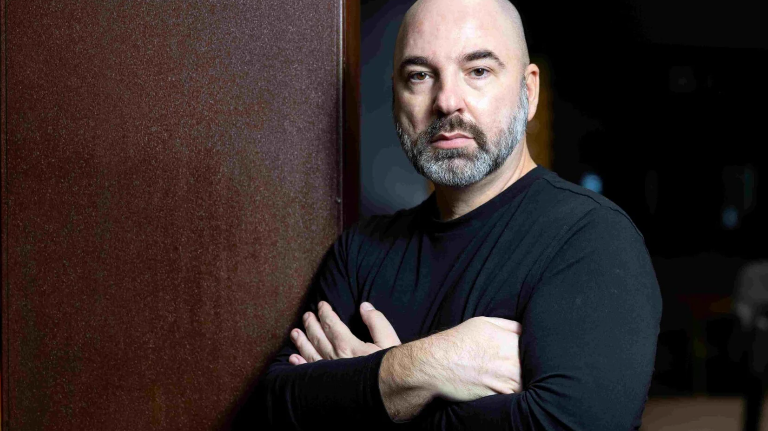This article was first published in Hungarian on the website of our sister publication Magyar Krónika.
The Reversed Objects temporary exhibition at the Ludwig Museum, which opened on 6 September and will close on 24 November, explores the presence of traditional craft techniques in contemporary art. Featuring more than three hundred artworks, the exhibition aims to blur the boundaries between traditional craftsmanship and contemporary art, presenting works that acquire new meaning within the contemporary art space. The objects displayed within both ethnographic and applied arts contexts allow for the parallel exploration of different perspectives.
József Készman, head of department at the Ludwig Museum, emphasized that the goal of the exhibition is to map the role of craftsmanship in contemporary art, as well as to highlight the contrast between industrial design and traditional craft techniques.
The starting point of the exhibition is Zoltán Fejős’ collection of essays titled Object Translations, which, according to curator Katalin Tímár, provided the inspiration for developing the theme. The exhibition’s title is a tribute to the Hungarian ethnographer and also refers to the interaction between different academic disciplines.
East-Central European Artists Present Artwork in Diverse Genres
The exhibition spaces feature exciting and unique installations. At the entrance, visitors are greeted by an interactive installation by Angéla Thiesz and the Retextil Foundation workshop, which serves as both a decorative element and a playground. Matthias Megyeri’s installation reflects on the contrast between industrial design and craftsmanship, featuring comic book characters as decorative elements, symbolizing iconic figures of contemporary culture.
The theme of experience is also central to Péter Puklus’ work, which depicts a childhood memory on a tufted carpet (a specialized textile weaving technique). Bosnian Roma artist Selma Selman paints her works on found metal objects, one of which, a female figure in a bathtub, is displayed at the exhibition. Ferenc Gróf and Zsófia Gyenes’ tufted artworks depict logos from artistic institutions of the socialist era, evoking the industrial art traditions of the past.
The relationship between art and design is explored in Serbian artist Katarina Šević’s installation, which examines the function and social significance of beautiful objects. In parallel, Ádám Kokesch’s works draw attention to the harmony and tension between function and form.
Among the exhibited works are Patricia Harsány’s jewellery made from repurposed everyday objects, Gábor Roskó’s ceramic installations, and Selma Selman’s paintings on metal, including a car bonnet.
The theme of female roles is explored in one of Zsófia Gyenes’ carpets, which uses female workforce income statistics as decorative elements. Julie Béna’s surreal wall drawings also relate to the issue of women’s work, while Eszter Ágnes Szabó’s wall hangings draw parallels with Swiss artist Daniel Spoerri’s post-meal situation artworks. The exhibition also features ceramics by Hajnalka Tarr and wall tile-based works by Dutch artist Rosemarie Trockel.
The exhibition is open until 24 November.
Related articles:








